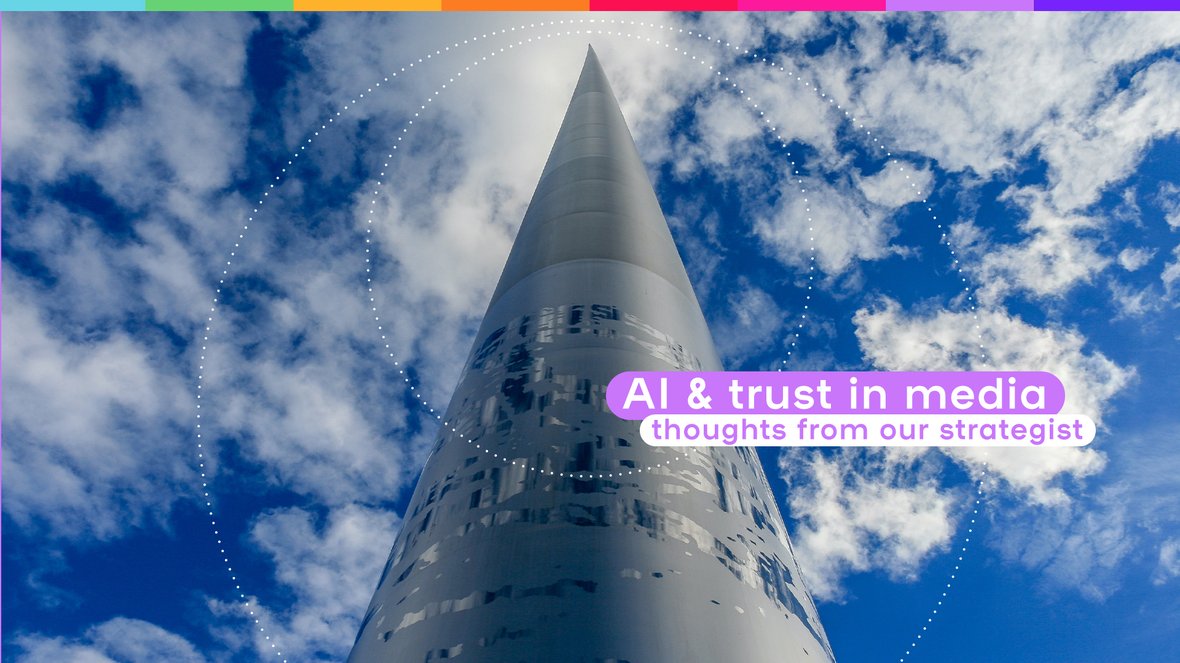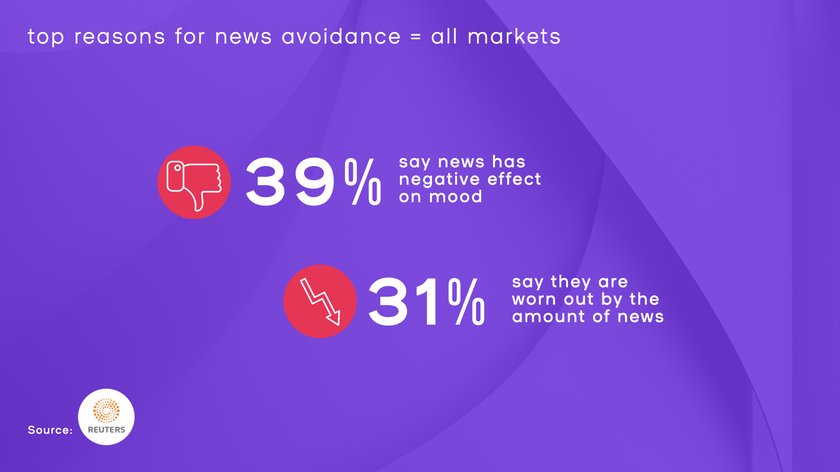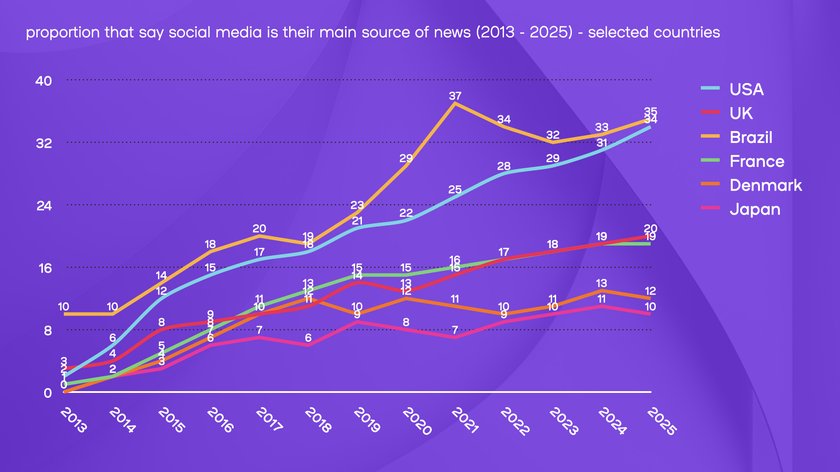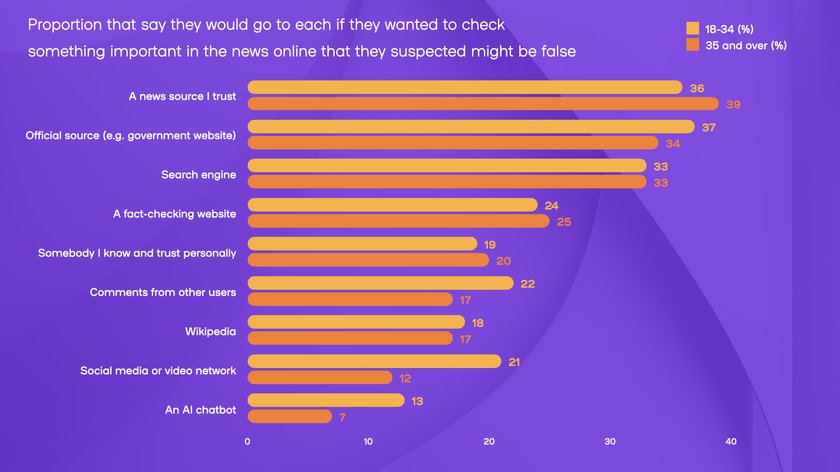Every conversation about innovation in journalism comes back to one thing: does it help build trust? Paradoxically, technology - often cited as what is most likely to undermine it – just might offer us the tools to help restore it. Our senior editorial strategist, Stefan ten Teije, has noticed a theme emerging on this subject.
Recently, I attended conferences dedicated to the future of journalism. In Dublin, members of the International News Media Association (INMA) gathered to discuss the business challenges facing our industry. There, the continued digital transformation of legacy media (radio, television, print) remained front and centre. There’s a growing realisation that branding, distribution and pricing demand far more attention than is currently being given to them. Scaling, bundling and automation are the buzzwords shaping this transformation.
What struck me most was that both newsrooms and end users want a more human touch: journalists and editors want to feel efficacy in their work - and audiences want to feel listened to and engaged with. And you don’t need to be a psychologist to see how processes such as automation can easily smother that human touch.
That’s why the B Future Festival in Bonn provided such a fascinating counterpoint. Where Dublin focused on commercial realities, Bonn was more inward-facing, looking at the moral and idealistic heart of journalism. In her opening speech, Ellen Heinrichs of the Bonn Institute urged her audience to “empower people”, “put people at the centre of your journalism”, “focus on solutions and hope”, and to “make journalism not just for the mind, but also for the heart”.



